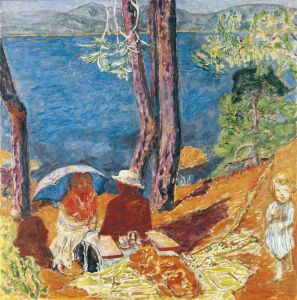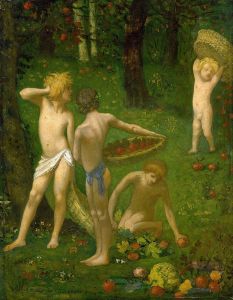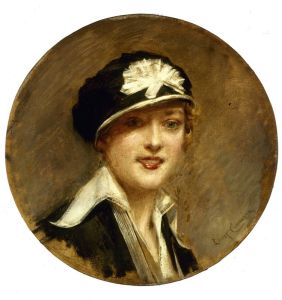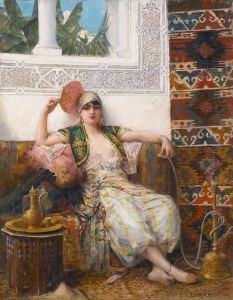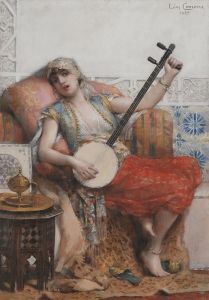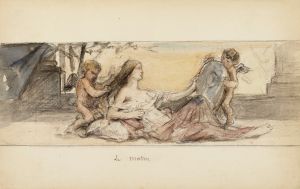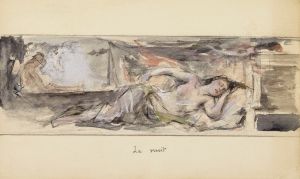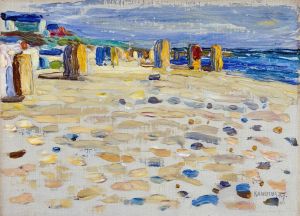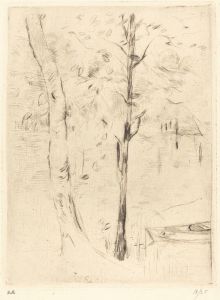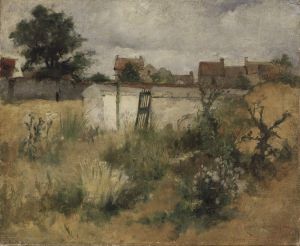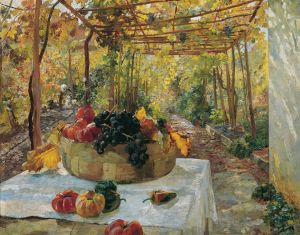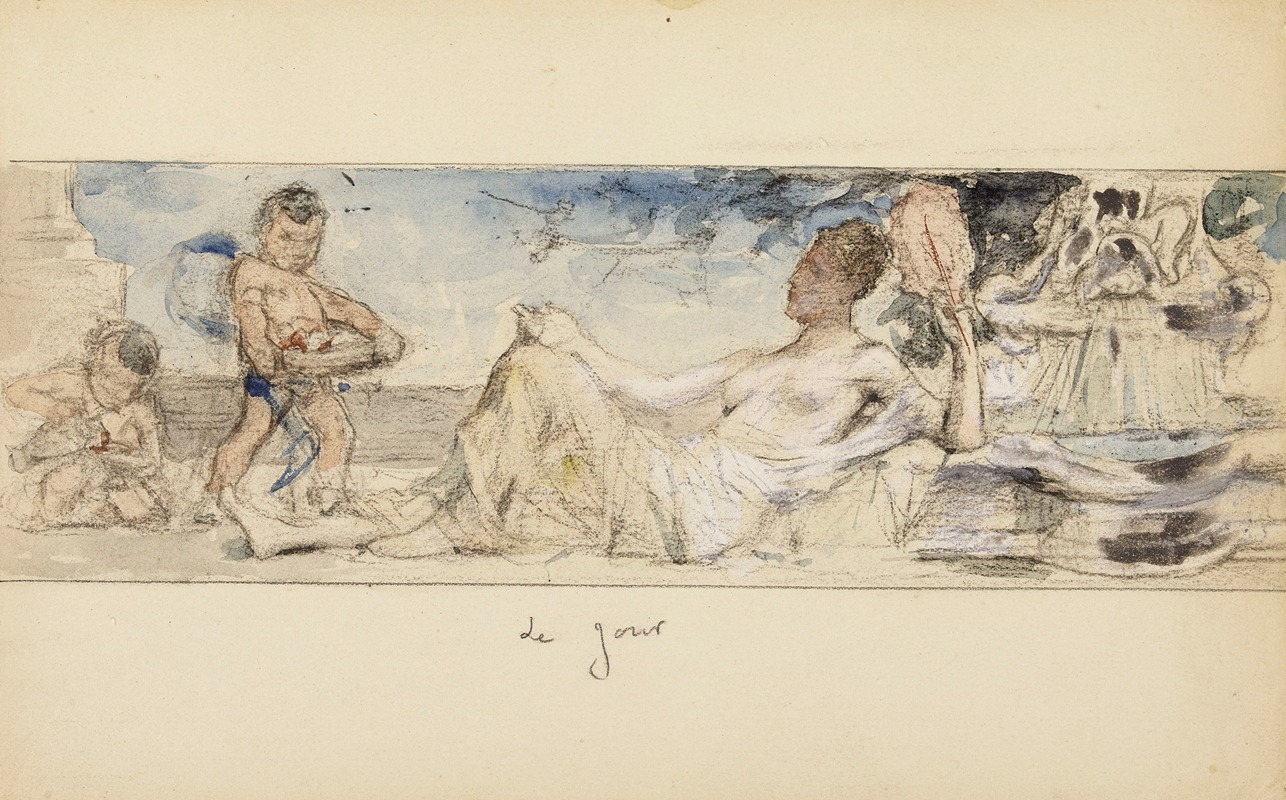
Le jour
A hand-painted replica of Léon François Comerre’s masterpiece Le jour, meticulously crafted by professional artists to capture the true essence of the original. Each piece is created with museum-quality canvas and rare mineral pigments, carefully painted by experienced artists with delicate brushstrokes and rich, layered colors to perfectly recreate the texture of the original artwork. Unlike machine-printed reproductions, this hand-painted version brings the painting to life, infused with the artist’s emotions and skill in every stroke. Whether for personal collection or home decoration, it instantly elevates the artistic atmosphere of any space.
Léon François Comerre was a French academic painter known for his portraits and genre scenes, often depicting women in exotic or classical settings. One of his notable works is "Le jour," which translates to "The Day" in English. Comerre was born on October 10, 1850, in Trélon, France, and he studied at the École des Beaux-Arts in Paris under the tutelage of Alexandre Cabanel, a prominent academic painter of the time.
"Le jour" exemplifies Comerre's skill in capturing the delicate interplay of light and texture, a hallmark of his artistic style. Although specific details about the painting's creation and its current location are not widely documented, it is representative of Comerre's broader body of work, which often focused on themes of beauty and femininity. His paintings frequently featured women adorned in luxurious fabrics, set against richly detailed backgrounds, and "Le jour" is no exception.
Comerre's work was well-received during his lifetime, and he exhibited regularly at the Paris Salon, the official art exhibition of the Académie des Beaux-Arts in Paris. His paintings were celebrated for their technical precision and the idealized beauty of their subjects. Comerre's ability to render the human form with grace and elegance earned him numerous accolades, including the prestigious Prix de Rome in 1875, which allowed him to study in Italy and further refine his craft.
In "Le jour," Comerre likely employed his characteristic use of vibrant colors and intricate detailing to convey a sense of warmth and vitality. The painting's title suggests a focus on daylight or the concept of day, which Comerre may have explored through the use of natural light and its effects on the subject and surroundings. This thematic exploration aligns with the Symbolist movement of the late 19th century, which often sought to convey deeper meanings and emotions through art.
Comerre's work, including "Le jour," reflects the broader trends of the academic art tradition, which emphasized classical techniques and subjects. His paintings often drew inspiration from mythology, history, and literature, presenting idealized visions of beauty and harmony. Despite the rise of modernist movements that challenged academic conventions, Comerre's work remained popular among collectors and art enthusiasts who appreciated his mastery of traditional techniques.
While specific information about "Le jour" is limited, Comerre's legacy as an artist is well-documented. His paintings are held in various public and private collections, and his contributions to the academic art tradition continue to be recognized and studied. Comerre passed away on February 20, 1916, in Paris, leaving behind a rich body of work that continues to captivate audiences with its beauty and technical excellence.





